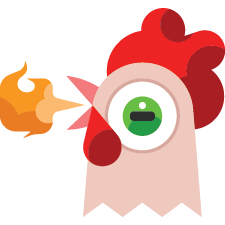Install Steam
login
|
language
简体中文 (Simplified Chinese)
繁體中文 (Traditional Chinese)
日本語 (Japanese)
한국어 (Korean)
ไทย (Thai)
Български (Bulgarian)
Čeština (Czech)
Dansk (Danish)
Deutsch (German)
Español - España (Spanish - Spain)
Español - Latinoamérica (Spanish - Latin America)
Ελληνικά (Greek)
Français (French)
Italiano (Italian)
Bahasa Indonesia (Indonesian)
Magyar (Hungarian)
Nederlands (Dutch)
Norsk (Norwegian)
Polski (Polish)
Português (Portuguese - Portugal)
Português - Brasil (Portuguese - Brazil)
Română (Romanian)
Русский (Russian)
Suomi (Finnish)
Svenska (Swedish)
Türkçe (Turkish)
Tiếng Việt (Vietnamese)
Українська (Ukrainian)
Report a translation problem


































And after writing this I had just spent most of my time filling the Wiki and didnt really think about updating that missing section here :)
But you can find the description on the Wiki [taintedgrail-conquest.fandom.com]
Do I need to run around with no candle to find their encounters?
Was removed to encourage using things rather than selling them :D
In your 'Better Equipment..' section it says "Do not hesitate on using them, they will perish on your death anyway - so either use them for an advantage in combat or sell them to buy more consumables in the village or better Runestones."
This is about combat items (potions, scrolls, etc).
Where can I sell items? I can't remember seeing this option.